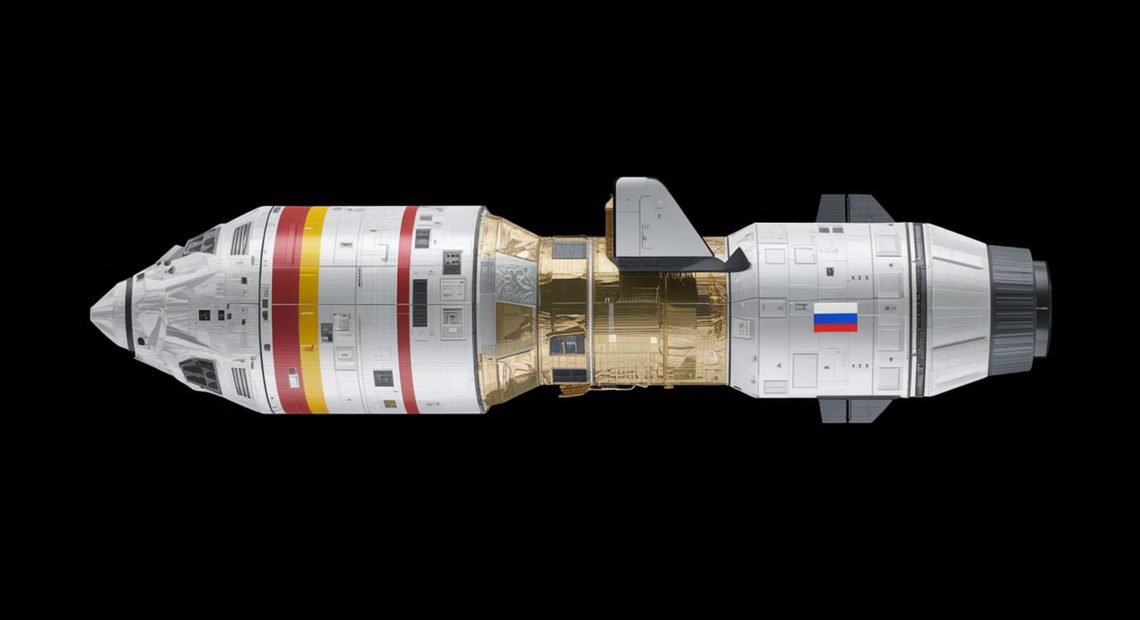
Russia Develops Plasma Engine Prototype for Mars Missions
Russian scientists have unveiled a prototype plasma rocket engine that could drastically reduce travel time to Mars. Developed by Rosatom’s Troitsk Institute, this magnetoplasma propulsion system aims to cut the journey from nearly a year to just 30 to 60 days. As reported by Business Today, the breakthrough engine is designed to accelerate charged particles using electromagnetic fields, offering a significant improvement over traditional chemical rockets.
Traditional propulsion systems rely on combustion, which limits speed and increases exposure to cosmic radiation for astronauts. The new plasma engine utilizes hydrogen ions, accelerating them to speeds of approximately 100 km/s (360,000 km/h). This method not only shortens the voyage but also reduces health risks associated with prolonged space travel. According to scientists working on the project, this advancement could reshape interplanetary exploration and enhance the feasibility of deep space missions.
The development process includes assembling a large-scale experimental setup featuring a 14-meter-long, 4-meter-diameter vacuum chamber designed to simulate outer space conditions. This facility will be instrumental in testing the engine’s efficiency and reliability. As reported by Business Today, researchers believe that further refinements could make this technology a cornerstone of future Mars missions.
While the prototype represents a significant leap in space propulsion, it remains in the experimental phase. Extensive research, rigorous testing, and substantial funding will be required before operational missions can be planned. If successfully implemented, this innovation could revolutionize space travel, making Mars missions faster and more viable for human exploration.


















